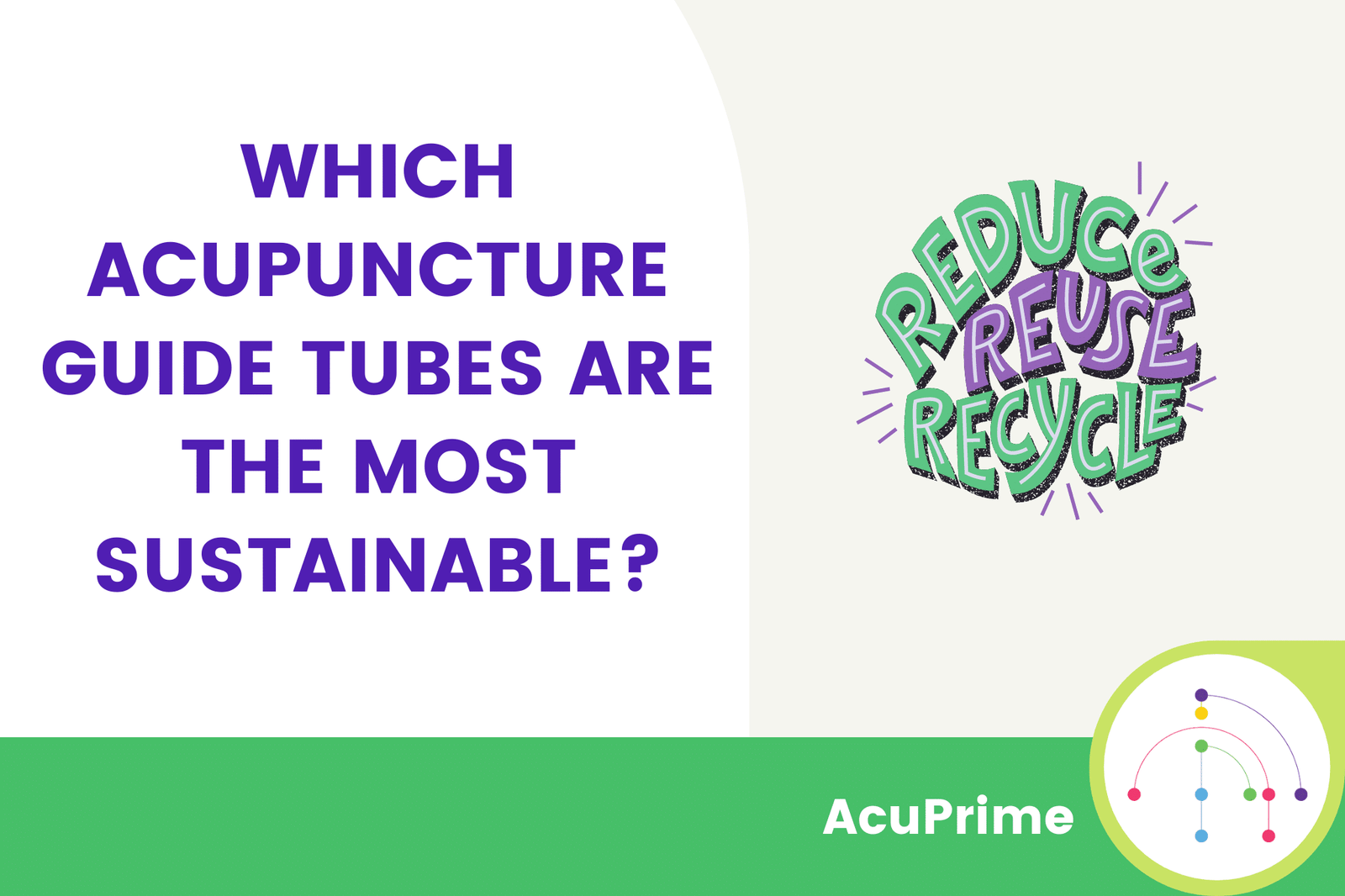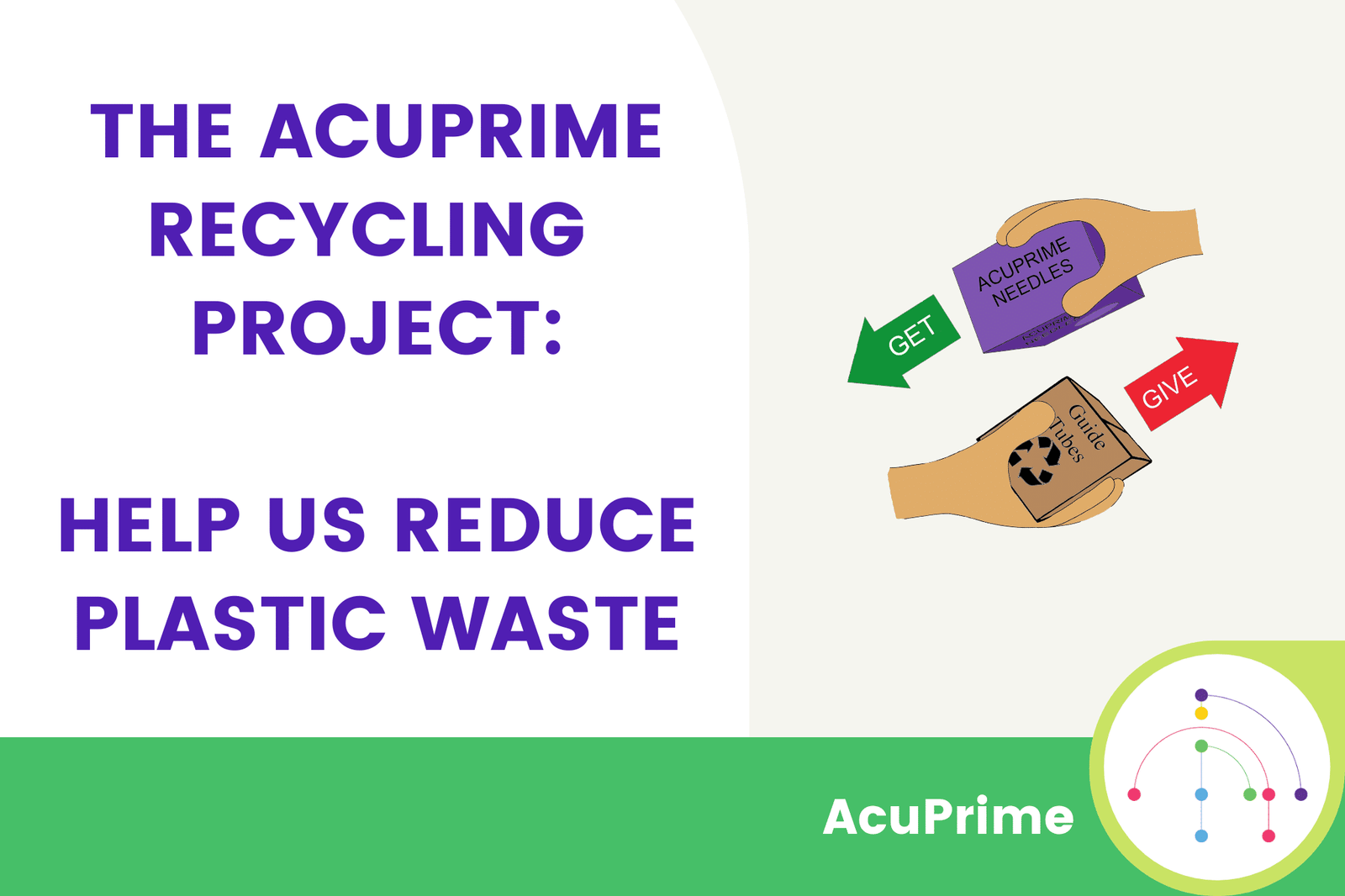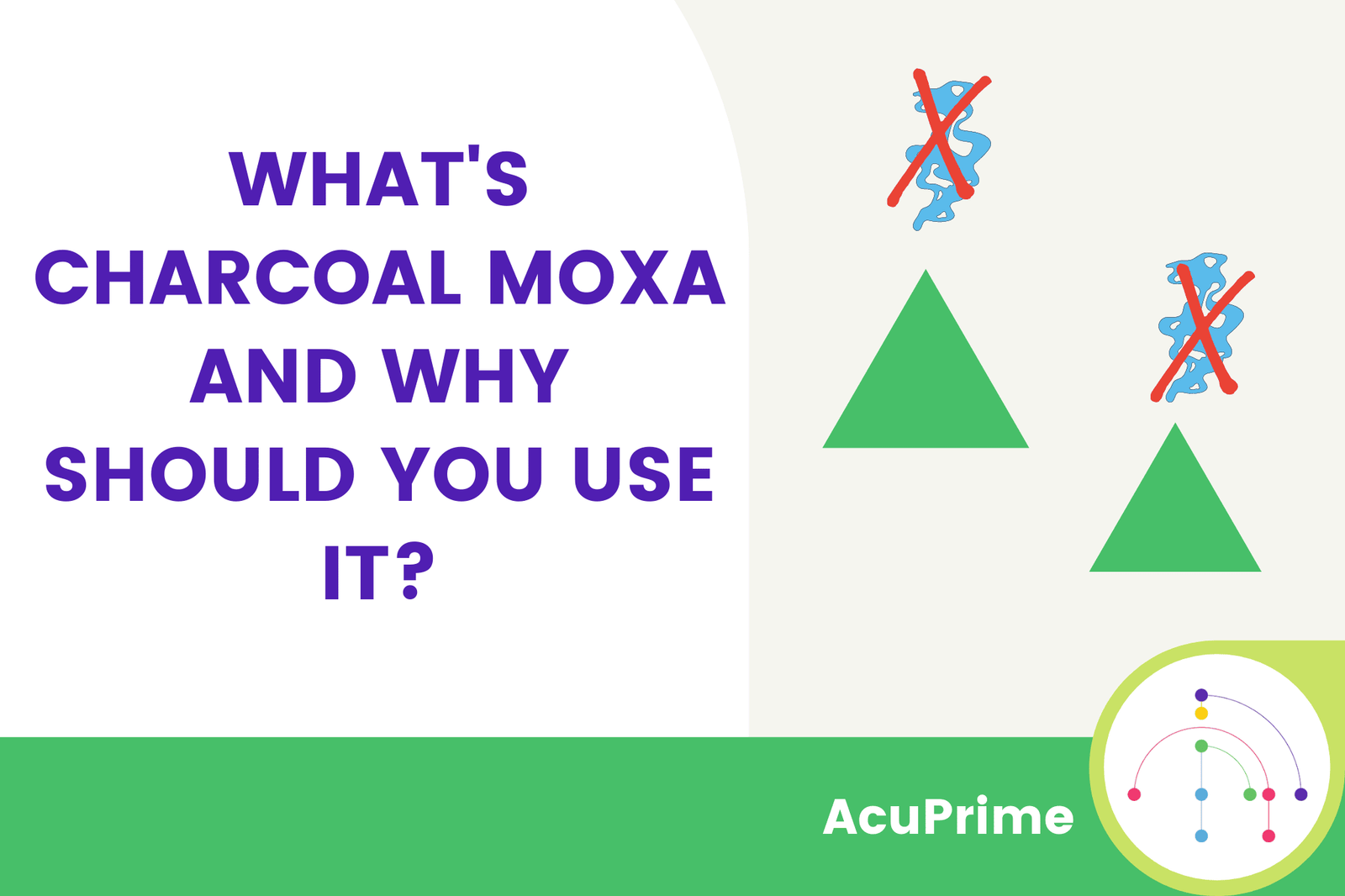Gloves are an everyday essential in most clinical practices and not something you might give much thought to. But when it comes to restocking your supplies, the choice between latex and nitrile gloves can be a little confusing.
Today, we’re going to give you a quick low down of the differences between these two materials and how to choose the right type for your needs.
Material 101: Latex and Nitrile
These are both two incredibly common materials for making clinic gloves thanks to their ability to stretch and be waterproof. While incredibly similar, there are important differences in these materials as well as a variety of safety standards to take into consideration.
Latex Gloves
Latex is a natural product extracted from rubber trees (although you can buy synthetic latex as well) and has been used in protective gloves for decades as they were found to protect from blood borne pathogens.
Natural latex is technically biodegradable, thanks to its plant-based nature. However, latex gloves can take years to biodegrade and must still be disposed of correctly to prevent them from ending up in the natural environment. Unless contaminated, you can also compost natural latex gloves but your compost must be secure to prevent wildlife from accessing it.
The major downside of latex is its status as an allergen. While latex allergies are rare, their existence creates a serious risk for clinicians whose gloves will come into contact with patients. If you don’t have a latex allergy and your gloves won’t be in contact with other people, they can be a good choice. If you touch others with your clinic gloves, avoiding latex is sensible.
Nitrile Gloves
Nitrile is a synthetic rubber, largely created in response to emerging latex allergies. Considerably more durable than latex, they’re a popular option for anyone handling hazardous chemicals or other substances.
Puncture-resistant and suitable for many different types of work, you can get nitrile gloves in a variety of different options including powder-free, static-free and food-preparation-safe.
Unfortunately, nitrile gloves are not biodegradable and must be disposed of in the proper manner depending on whether they are contaminated or not.
European Safety Standards
Protective gloves come with European safety standards which means they’ve been tested for a specific level of protection. Here are two common ones you’ll see:
EN455: Medical gloves for single use
EN1186: For all types of food preparation.
For more information on the finer points of European testing standards, check out this HSI Magazine article on the subject.
Our Latex and Nitrile Gloves
We offer medical-grade latex and nitrile gloves that conform to BS EN455 standards. Our latex gloves are white, powder-free and come in boxes of 100 so you’re always well-stocked.
If you’re concerned about latex allergies, opt instead for our nitrile gloves. Purple, powder-free and protein-free, our nitrile gloves avoid rubber-related allergies while providing fantastic durability and protection.
If you have both latex and nitrile gloves in your clinic or workplace, it’s a good idea to ensure they are always different colours. Because our nitrile gloves are purple and our latex gloves are white, you can always be sure to use the right gloves for the job.








